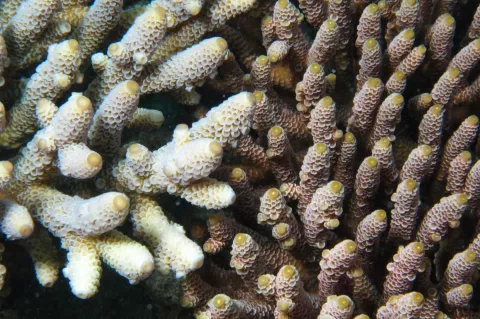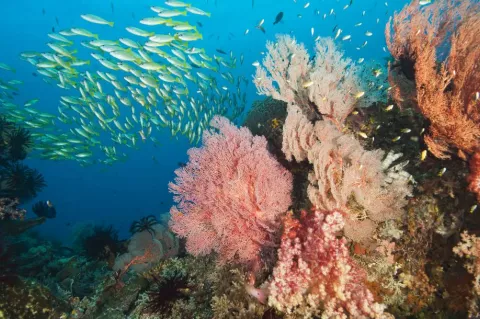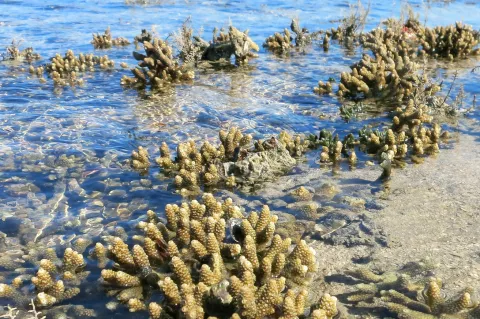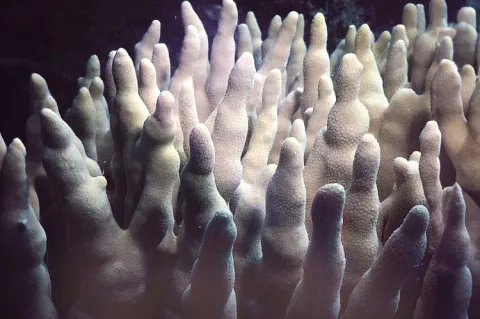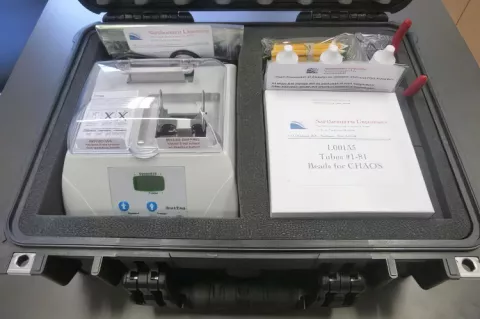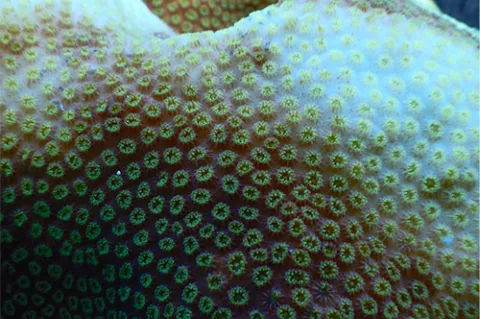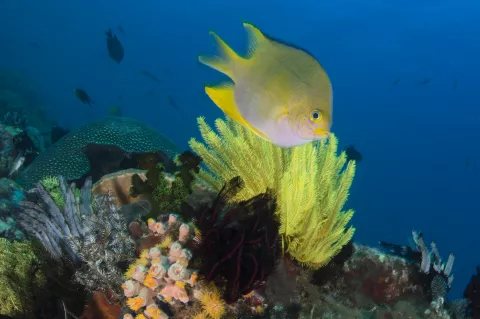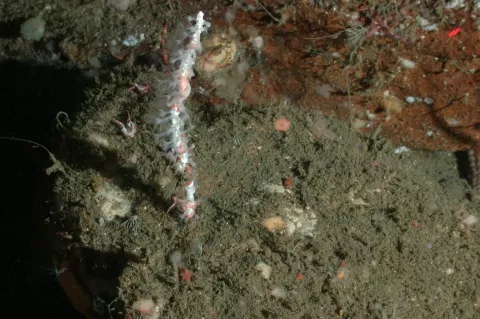Stress tolerance in corals can be mapped
Antioxidant capacity is a critical component of stress tolerance because in a range of organisms, including corals, stressors such as high water temperature, poor water quality and even pathogen infection, produce an increase in damaging, highly reactive oxygen molecules (free radicals) inside the tissues.
The ability to tolerate environmental stress varies between individuals, so the team associated with the Australian Institute of Marine Science set out to find the most stress-tolerant of the common reef-building coral Acropora millepora.
- Read more about Stress tolerance in corals can be mapped
- Log in to post comments

